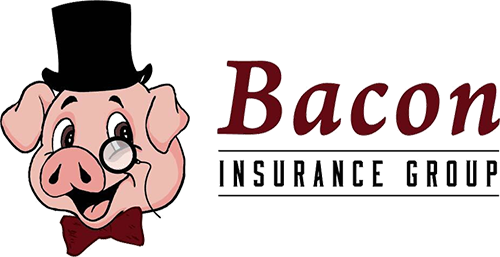Bacon Bit: Make A Smart Move For Your Business and Pay As You Go
Workers’ Compensation (WC) insurance is a must-have for nearly every business with employees. The way premiums are calculated can create cash flow and administrative headaches for business owners.
If you’ve ever faced a surprise bill after your annual audit, or if your payroll fluctuates throughout the year, switching to a Pay-As-You-Go (PAYG) workers’ comp plan could save you time, money, and stress.
The Problem with Traditional Workers’ Compensation Billing
Traditional WC premiums are calculated based on estimated annual payroll at the beginning of your policy term. Here’s why that creates issues:
- Overestimated payroll? You’re overpaying all year and tying up working capital.
- Underestimated payroll? You’ll owe a large lump sum at the end of the year.
- In addition, annual audits become stressful and time-consuming, especially if records don’t match.
- Cash flow suffers, especially for seasonal or project-based businesses.
Key Benefits of PAYG WC for Business Owners
1. Improved Cash Flow
- You only pay for what you owe, when you owe it—keeping more cash in your pocket.
2. Greater Accuracy
- Reduces the risk of over/under payment and surprises at audit time.
3. Simplified Audits
- Because you report payroll accurately throughout the year, your records are always up-to-date.
4. No Large Down Payments
- In addition, many PAYG programs eliminate the need for large deposits upfront, unlike traditional WC.
5. Ideal for Growing or Seasonal Businesses
- If your payroll changes frequently, PAYG adjusts automatically to your business’s needs.
6. Integrated with Payroll Providers
- Most PAYG WC programs integrate directly with popular payroll software like QuickBooks, Gusto, ADP, Paychex, and others.
Is PAYG Right for You?
Consider PAYG Workers’ Comp if your business:
- Has fluctuating payroll or seasonal employees
- Wants to improve cash flow and budget predictably
- Has struggled with audit surprises or overpayments
- Wants a “set-it-and-forget-it” solution for premium payments
If you’re tired of year-end billing surprises and want a smarter, streamlined way to handle workers’ comp, talk to our agent about switching to Pay-As-You-Go Workers’ Compensation.











